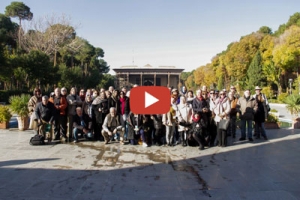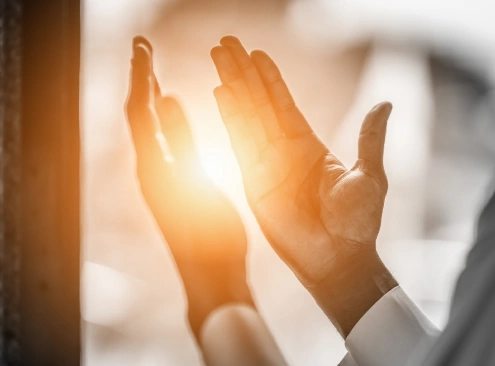
When Is Ramadan 2025? (Dates, Calendar, Eid)
/
0 Comments
Ramadan is a holy month for Muslims around the globe. This religious…
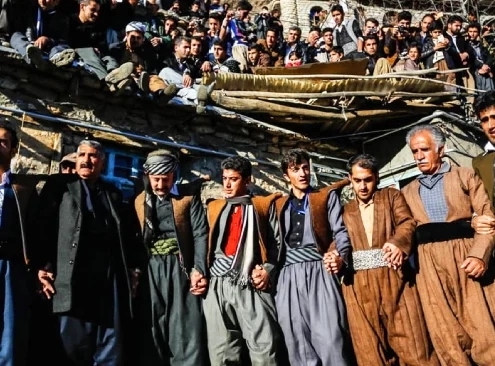
Pir Shalyar Ceremony in Kurdistan
Iran is a civilized and time-honored country where diverse ethnic…
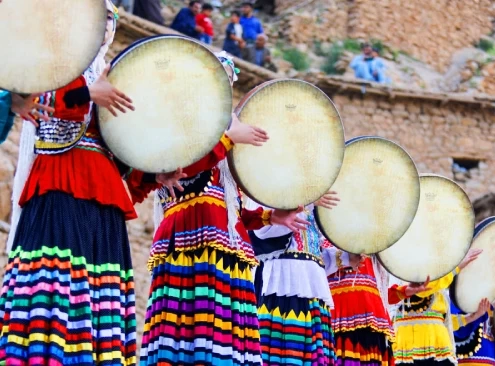
Hezar Daf Festival in Kurdistan
Iranian festivals are thriving celebrations that reflect the…
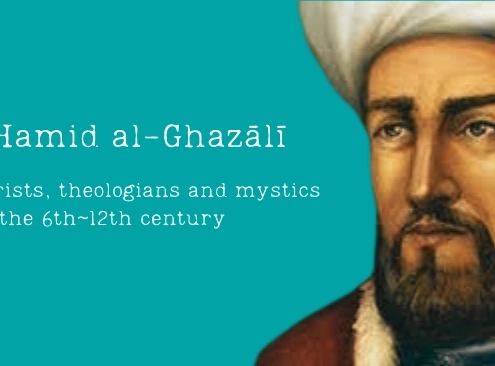
Who Is Imam Al Ghazali? (Biography, Books, Quotes)
Iran, a country long known for its ancient civilizations, culture,…
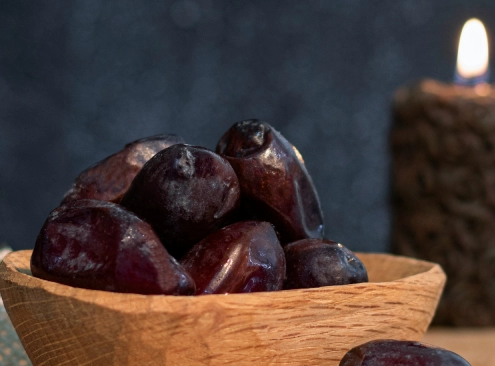
What Is Eid al Fitr? (History, Meaning, Eid al Fitr 2025 Date)
As we approach the end of Ramadan, the holy month of Muslims,…
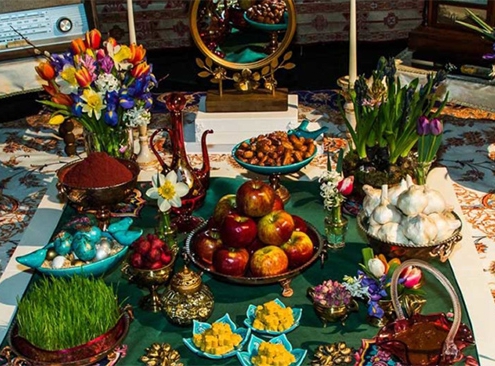
Nowruz 2025 (1404): Persian New Year (Date & Time)
A Celebration deeply connected to the history and culture of…
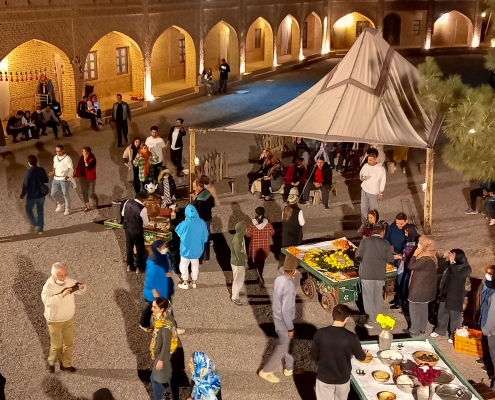
Top 7 Festivals of Matinabad Eco-camp
There is no better place than Matinabad if you are looking for…

All About Rose Water Festival in Iran
Spring in Iran accompanies many fascinating scenes. One of these…

Earth Day 2025 (Date, Theme, Activities)
International Earth Day is a global celebration for reminding…

Sepandarmazgan; the day of love in ancient Iran
The life of the Iranian people has always been associated with…
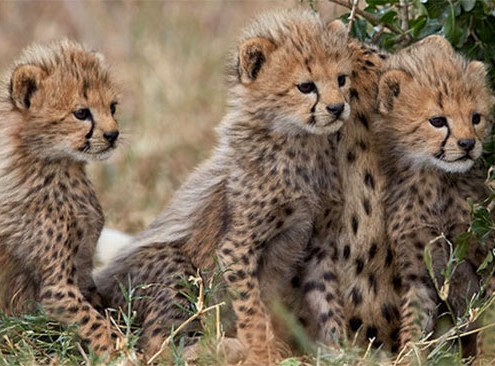
World Wildlife Day 2021: Forests and livelihoods
World Wildlife Day is celebrated annually on March 3rd; the United…

Solar eclipse 2020 in Iran – See the photos; how it looked like
Today, on June 21, 2020, Iran observed an annual solar eclipse…
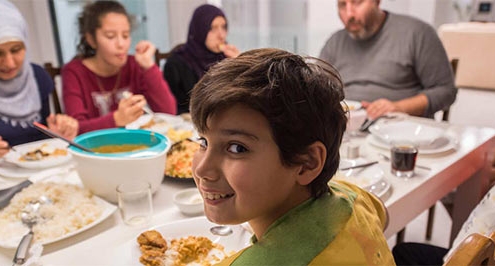
Ramadan in Iran: Traditions, Foods, Events
Traveling to Iran during Ramadan offers an opportunity to see…

Hospitality Tomorrow: The virtual Conference on the future of Hospitality
As many as 5000 hospitality professionals participated in the…
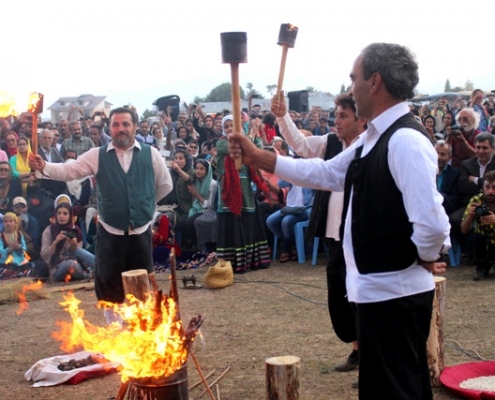 https://irandoostan.com/dostcont/uploads/2018/08/Nowruzbal-Ceremony-North-of-Iran-Travel-to-Iran-1-1.jpg
427
640
Iran Travel
https://irandoostan.com/dostcont/uploads/2025/05/Irandoostan-logo.webp
Iran Travel2018-08-21 16:18:352025-04-13 14:58:58Nowruzbal, the New Year in the North Part of Iran
https://irandoostan.com/dostcont/uploads/2018/08/Nowruzbal-Ceremony-North-of-Iran-Travel-to-Iran-1-1.jpg
427
640
Iran Travel
https://irandoostan.com/dostcont/uploads/2025/05/Irandoostan-logo.webp
Iran Travel2018-08-21 16:18:352025-04-13 14:58:58Nowruzbal, the New Year in the North Part of Iran https://irandoostan.com/dostcont/uploads/2017/12/yalda.jpg
266
712
Travel to Iran
https://irandoostan.com/dostcont/uploads/2025/05/Irandoostan-logo.webp
Travel to Iran2017-12-20 11:20:462025-04-13 15:01:38Yalda Night, Iranian celebration of the longest night of the year
https://irandoostan.com/dostcont/uploads/2017/12/yalda.jpg
266
712
Travel to Iran
https://irandoostan.com/dostcont/uploads/2025/05/Irandoostan-logo.webp
Travel to Iran2017-12-20 11:20:462025-04-13 15:01:38Yalda Night, Iranian celebration of the longest night of the year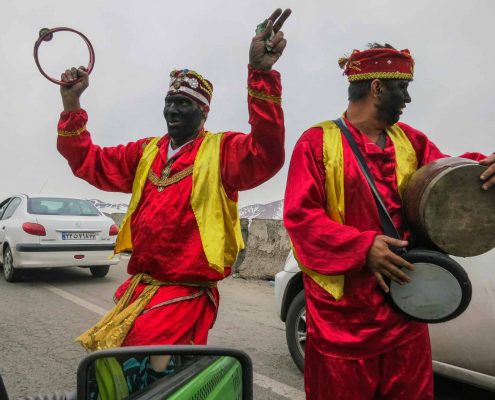
Iranian festivals and ceremonies as tourist attractions
Festivals, rituals, events, and traditions are among the variety…

Christmas in Iran: How Do Iranians Celebrate Christmas?
With the arrival of the joyful Christmas season, Iranian…


